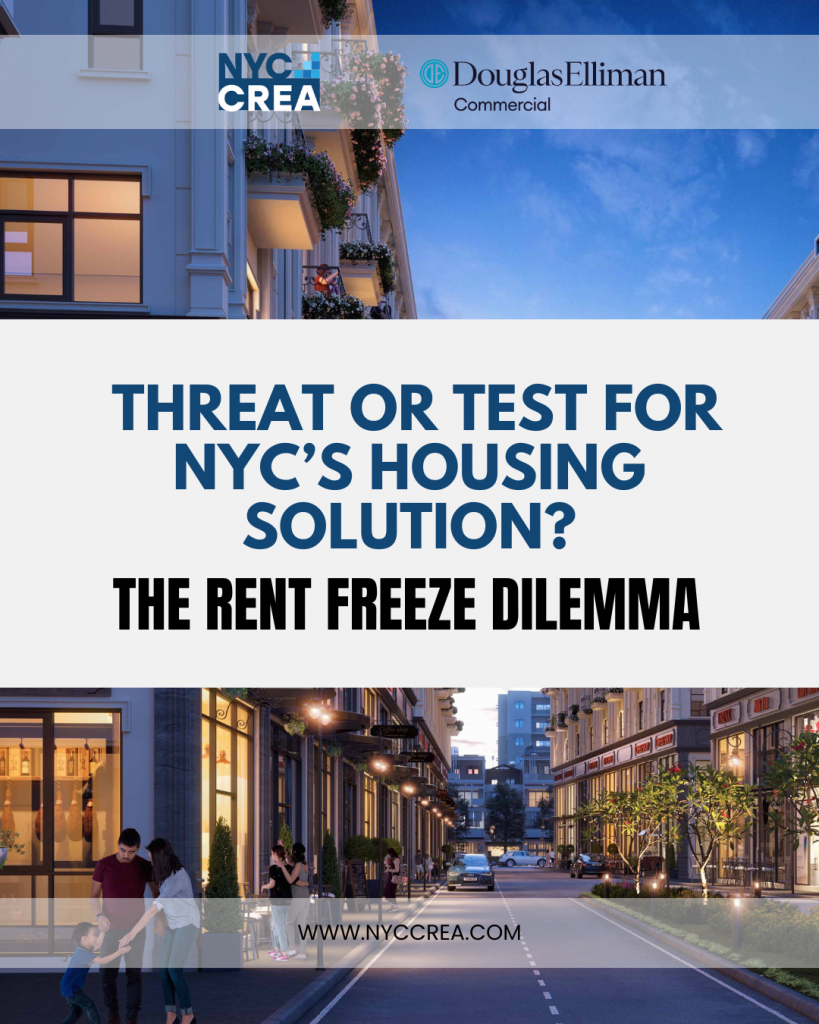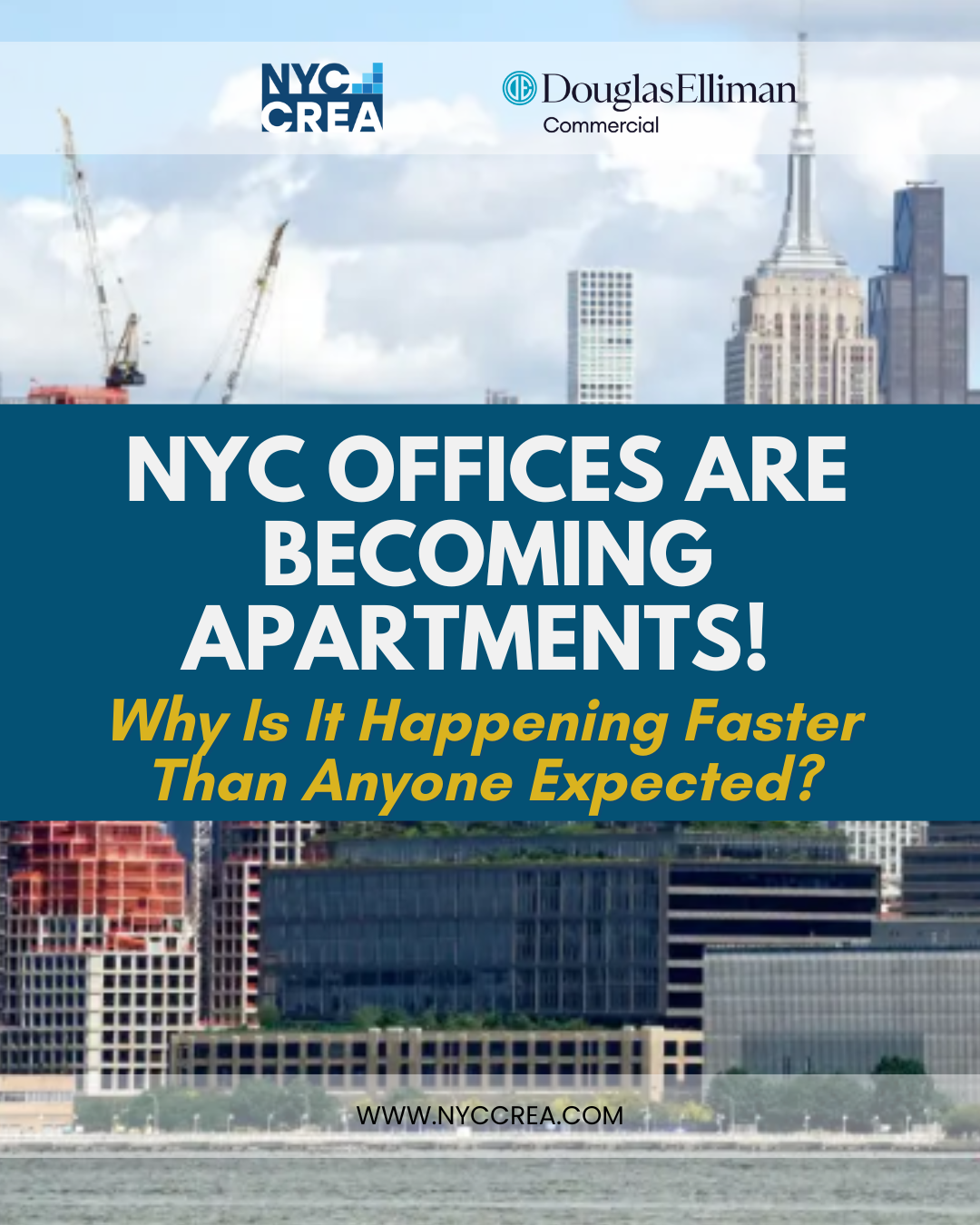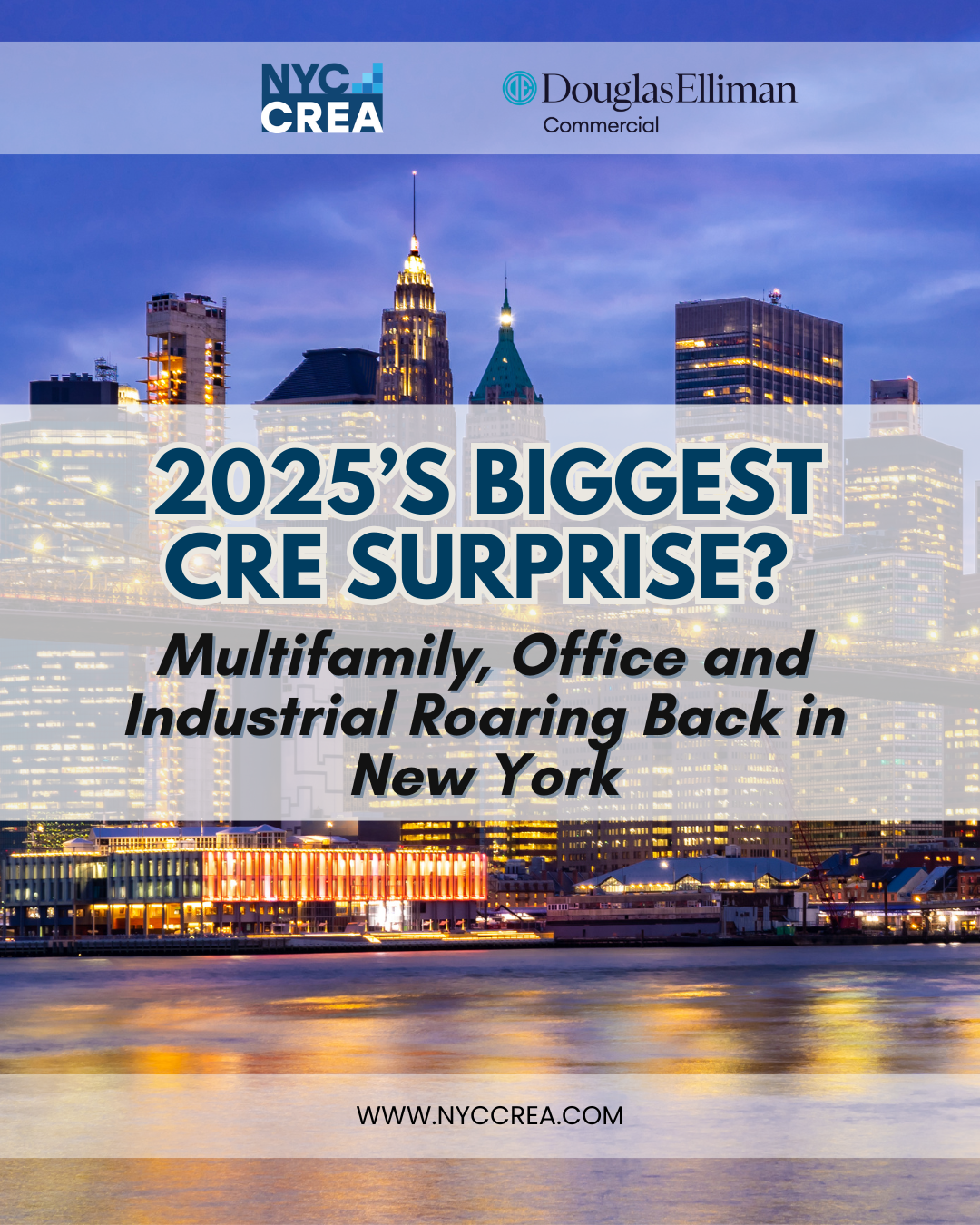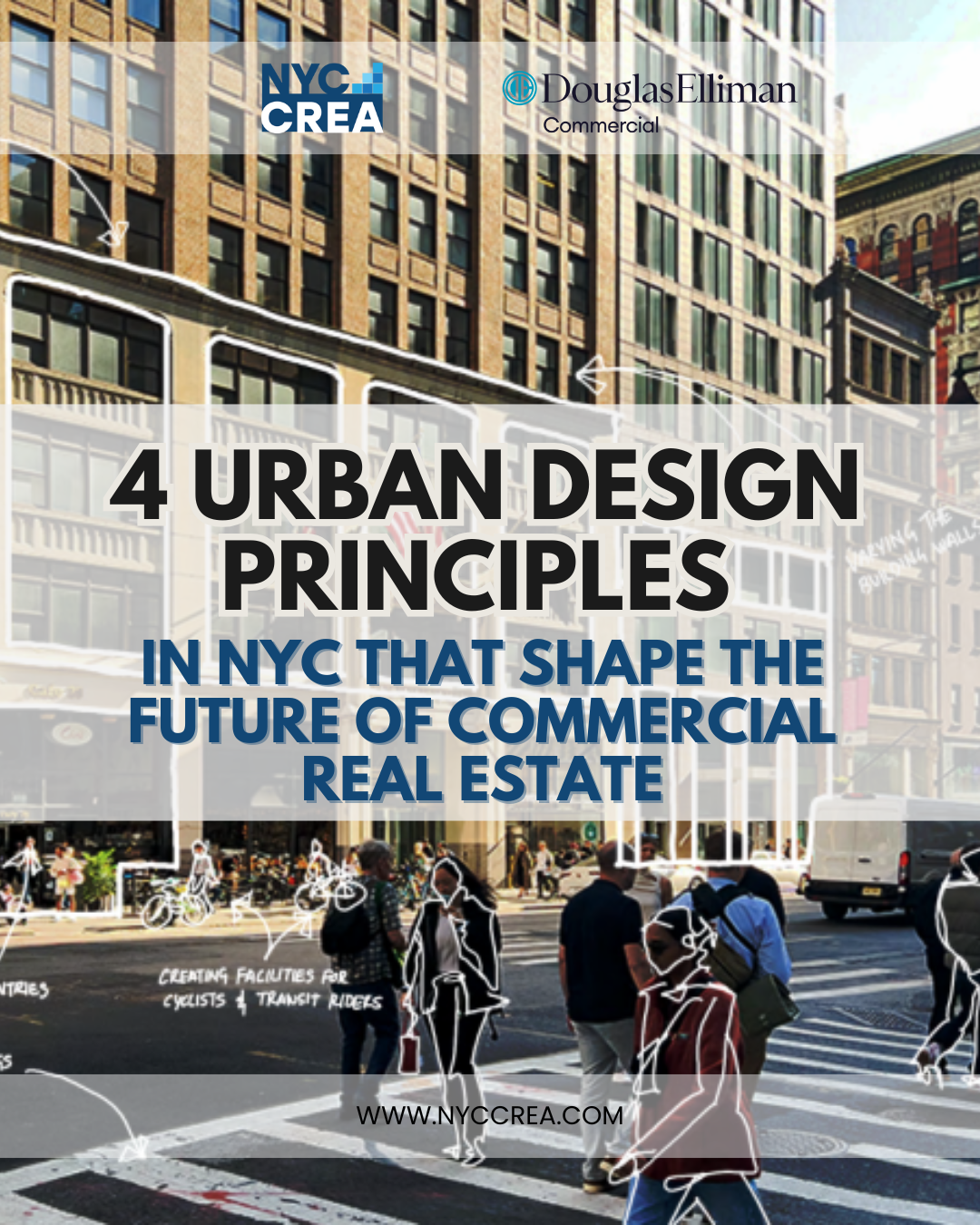August 20, 2025
Key Highlights
❌ Proposed rent freeze could gut investor returns, making many office-to-residential conversions financially unworkable.
✅ Nearly 20% of New York City’s office buildings are considered ideal candidates for residential conversion.
💡 Office conversions offer a quicker path to creating new housing as a rent freeze provides long-term affordability for tenants.
A Rare Moment of Alignment in NYC Real Estate
In New York City, we are witnessing one of the rarest alignments in real estate: investor incentives and public necessity moving in the same direction. With 16% of office space sitting empty versus just 1.4% of apartments, outdated towers across Manhattan are being reborn as much-needed housing. Developers are finally finding workable economics, thanks to steep office price drops—some buildings trading at 30 cents on the dollar—and city tax incentives designed to encourage conversions.
These conversions are not just about salvaging distressed assets. They represent a scalable solution to two of New York’s most pressing problems: the office glut and the housing shortage. With conversion timelines averaging just 18 months compared to 3+ years for ground-up development, they’re also one of the fastest ways to expand housing stock. Projects like 25 Water Street—where developers stripped the facade to reconfigure interiors—and RXR Realty’s 5 Times Square showcase what’s possible when outdated office buildings are reimagined as modern homes.
Yet, this momentum may be at risk. Democratic mayoral frontrunner Zohran Mamdani’s proposal for a rent freeze on nearly one million stabilized apartments could dramatically shift the economics of conversions. Since the city requires 25% of units in conversion projects to be rent-stabilized, the freeze could lock those units into decades of flat rents. For developers relying on predictable income growth to offset high construction costs and lost floor area—remember, conversions cut rentable square footage by about 25%—the math may suddenly stop working. However, even with the uncertainty of a proposed rent freeze, the potential for converting office buildings into thousands of new housing units remains strong if policymakers can balance affordability regulations with financial feasibility.

The Negative Impacts of a Rent Freeze
1. Investor Appetite Threatened
Office-to-residential conversions only make sense when office values fall to 50% below multifamily values. Today, that discount sits at 56%, creating the best conditions in decades. But if a quarter of units are subject to frozen rents, private equity firms and family offices—currently viewing conversions as stable inflation hedges—may exit the market entirely.
2. Developers May Pause or Downsize Projects
Several developers are already considering delaying groundbreaking or reducing unit counts until there is clarity on rent policy. A rent freeze would make it nearly impossible to pencil out returns on the rent-stabilized portion, forcing many to scale back or abandon conversions.
3. Housing Supply Momentum Could Stall
With nearly 20% of NYC’s office buildings classified as ideal candidates for conversion, the city risks losing a once-in-a-generation chance to add supply quickly. If policies discourage participation, the pipeline could shrink just as New York gains traction in solving its affordability crisis.
The Positive Impacts of Rent Freeze & Conversion Programs
1. Faster Housing Creation Compared to Ground-Up Builds
On average, office conversions take 18 months, while new construction can stretch past three years due to zoning approvals and financing delays. This speed is critical in addressing the city’s housing shortage.
2. Stronger Long-Term Affordability for Tenants
A rent freeze on the 25% rent-stabilized units within conversions would guarantee decades of stable rents, giving low- and middle-income households lasting housing security.
3. Neighborhood Revitalization Through Adaptive Reuse
Projects like 25 Water Street and 5 Times Square not only add housing but also bring light, activity, and foot traffic back to underperforming corridors. These redevelopments revitalize commercial districts while blending residential vibrancy with existing infrastructure.

The Bottom Line: A Critical Juncture for NYC in 2025
Office conversions remain one of the most promising tools New York has to solve both its housing shortage and office vacancy crisis. The economics are delicate, but recent momentum proves they can work when incentives, acquisition discounts, and creative design align. While the proposed rent freeze introduces uncertainty, it does not erase the underlying strength of the conversion story.
Developers, investors, and city leaders now face a moment that demands balance. If policymakers can refine regulations to preserve affordability without undermining financial viability, conversions could continue unlocking thousands of units in record time. With 20% of the city’s office stock ripe for adaptation, the potential is enormous. We need to be vigilant in monitoring how flexible New York can be in aligning political goals with economic realities—but if it succeeds, the city may emerge with a stronger, more resilient housing pipeline than ever before.
The future of Manhattan’s office towers—and the city’s ability to solve its housing crisis—may very well hinge on how this policy battle plays out in the coming months.
For the latest news, proven strategies, and exclusive opportunities in commercial real estate in New York City and Western Nassau County NY, visit us at www.nyccrea.com
FOLLOW US:
Facebook: www.facebook.com/newyorkcityCREA
Instagram: www.instagram.com/nyccrea
LinkedIn: www.linkedin.com/company/nyccrea
References:
Office Conversions Threatened By Proposed NYC Rent Freeze, CRE Daily
NYC’s Push for Office Conversions Faces Uncertain Future, GlobeSt.







